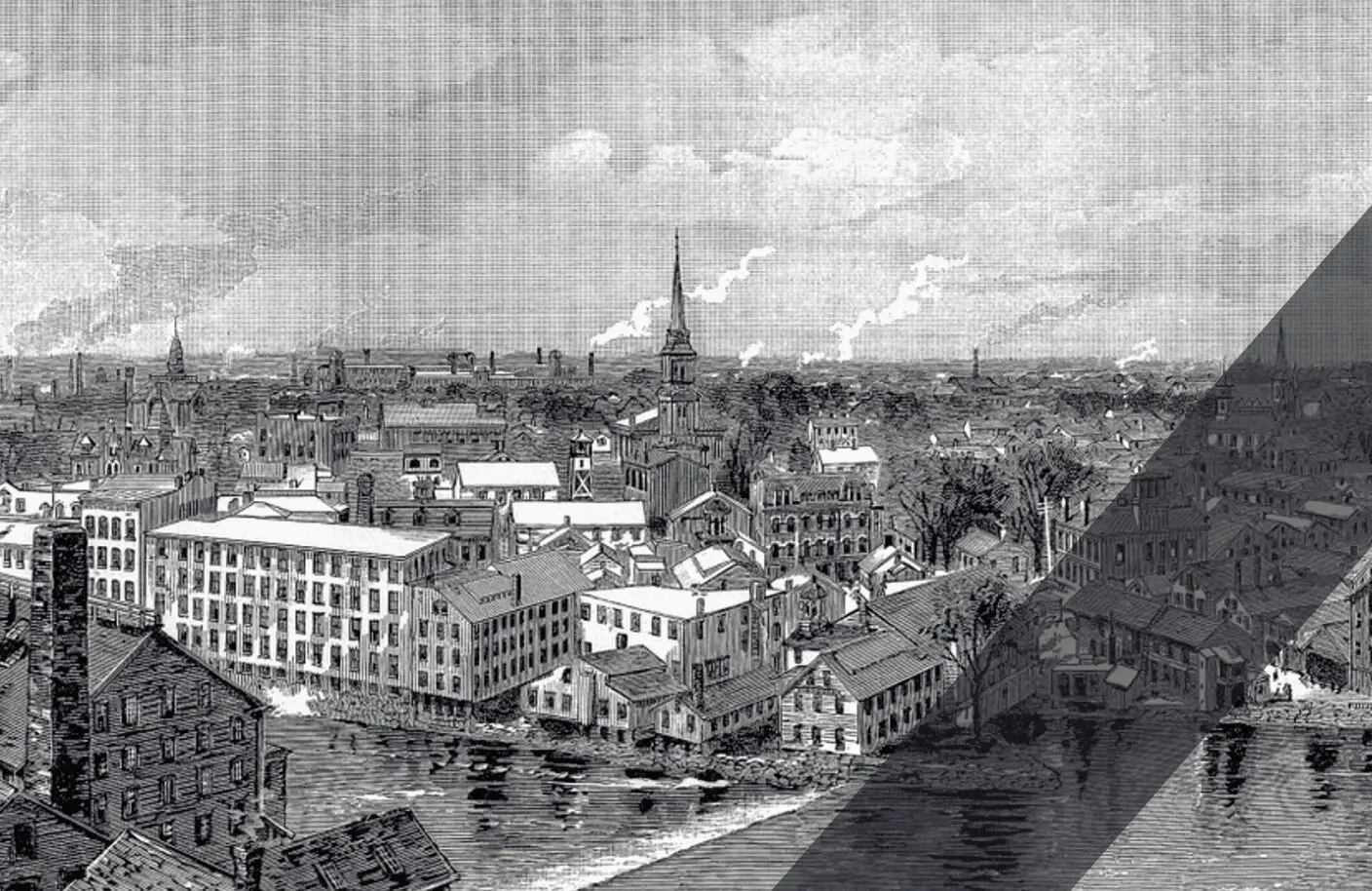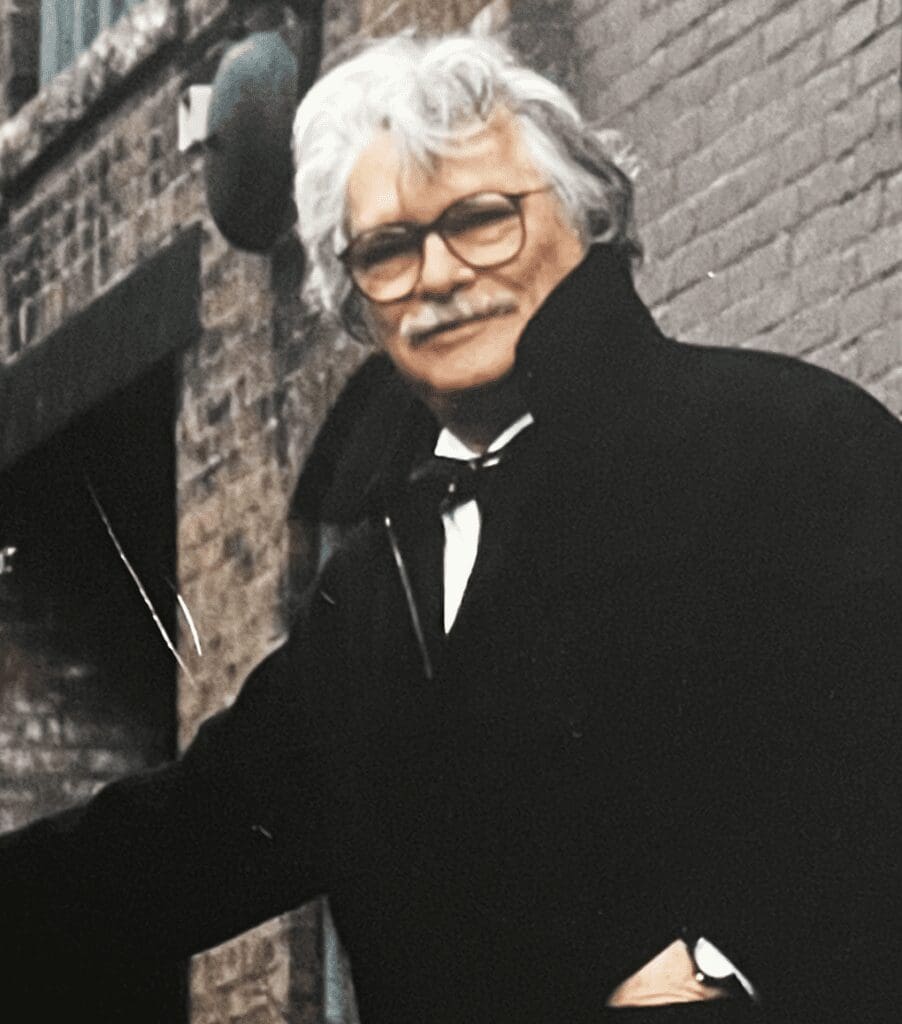Search Posts
Recent Posts
- Real Estate in RI: Seaside waterfront communities are all the rage. Who’s buying – Emilio DiSpirito June 6, 2025
- Outdoors in RI: 2A votes, Charter Yachts, active summer programs, garden tours, aquatic weeds… June 6, 2025
- All About Home Care, with two Rhode Island locations, closing after 22 years in business June 6, 2025
- GriefSPEAK: Angel wings with footprints – Mari Nardolillo Dias June 6, 2025
- Rhode Island Weather for June 6, 2025 – Jack Donnelly June 6, 2025
Categories
Subscribe!
Thanks for subscribing! Please check your email for further instructions.

Morris Nathanson, R.I.P. – David Brussat
by David Brussat, Architecture Here and There – contributing writer
(Editor’s Note: Brussat submits this testimony on the morning of Nathanson’s funeral)
This is a sad moment for Pawtucket and the rest of Rhode Island, and a sad one for me. A tear runs down my cheek. We have lost one of the most influential and illuminating lights in the Ocean State’s creative firmament.

Morris Nathanson is no more. He passed away last Saturday, age 95. But his work and his spirit will continue to forge progress in Pawtucket, in Providence, in Rhode Island, and wherever his inspired sense of convivial design has made itself felt around the world.
I first met Morris soon after starting my weekly architectural column on the Providence Journal oped page in 1991. After a very successful career in restaurant design he had returned to his native Pawtucket, renovating an old mill on Exchange Street, into which he installed his design office and art studio in 1986.
Not long afterward, work to “daylight” Providence’s neglected waterfront began to open its three downtown rivers, suddenly spanned, between 1990 and 1996, by a dozen new arched bridges, linked by river walks to several new parks. The capital city was likened to Venice, even by locals, who saw their old city with new eyes. And yet the public had little experience at enjoying these new “canals.” After decades of no place charming to indulge the European passion for a stroll, people knew not what to make of the revitalized waterfront. “What to do with Waterplace?” was the question of the hour.
Over lunch in a Pawtucket restaurant whose interior he, himself, had designed – Morris was already a world-famous conjurer of food palaces – he recommended the taverna system. This was a simple, elegant and virtually cost-free method for nearby restaurateurs to expand their patronage by setting up places outside to eat meals served by waiters and waitresses running back and forth between those places and their kitchens. Any number of restaurants could join in the fun. But the taverna idea was too simple, too sensible, and went over the heads of the city and state brainiacs who controlled Waterplace and official guidelines for commerce along the new waterfront.
I once asked a panel of experts on downtown revitalization whether they thought taverna might be a good revival strategy. They looked at me like I had two heads – a reflection certainly not on Morris or his idea, but on me and my perverse rejection of modern architecture as a strategy for anything.
Providence’s new waterfront was rescued from an official inability to imagine anything but rock concerts at Waterplace by a sudden phenomenon, WaterFire, the popular work of civic art (I refuse to call it an “art installation”) conceived and administered (from 1994 to this day) by artist Barnaby Evans.
Morris had better luck in Pawtucket, where he pushed and pushed for the right, long denied under city zoning, of artists to work in the spaces where they paid rent to live. Today, it is hard to imagine how easy it was for a certain type of municipal official to ban such an arrangement, savoring the joy of sticking it to the artistic class. Herb Weiss was not of that ilk. Pawtucket’s longtime officer for economic and cultural affairs, Weiss told Motif, the online magazine, after a city ceremony on the occasion of Morris’s 90th birthday:
Pawtucket was one of the first communities in Rhode Island where we [had] legal live-work space for artists. It all started with Morris about 30 years ago. He spearheaded an effort of artists and local creative type people to go to the city council to change the zoning … He’s had his fingerprints over the last 30 years on every major arts initiative in the state and he’s always worked closely with city government to push the arts as an economic engine. Because of Morris, we’ve had hundreds of artists move into Pawtucket.
Long ago, after Morris had worked on lofts and restaurants in Soho, he approached Pawtucket’s city council about the potential here. He recalled those days in a video interview back in about 2013:
They didn’t even know what a loft was. We had to convince them that artists were small businesses. And we got that message across. And it worked. And it’s still working. And that’s something that, I think, makes Rhode Island, you know, very unique.
I get very energized when I talk about what art does for a community. There is absolutely no doubt that my greatest peeve, my greatest anger, is directed toward the education community. I find it so, so bad, how delinquent they are, how they do not encourage creativity in the classes, how the arts are considered something very irrelevant. This is not the Pawtucket I grew up in. I know that when I was at Tolman High School, for example, the teachers we had emphasized the arts, encouraged them. I don’t see that happening now. We are right across from Tolman, with three hundred people. I don’t know why the schools don’t take advantage of that. Nobody gets across the street. I think that’s sad, very sad.
Morris probably thought of me as a ripple in the tide of negativity that had to be overcome. I was always more interested in Providence, and thought that Pawtucket might never transcend the blights of urban renewal and modern architecture, which Providence has largely resisted but which Pawtucket had fallen for – a constant undertow for decades in Pawtucket’s valiant self-resuscitation, and a downer that cast shadows over every prospect.
“We don’t feel that way at all,” Morris’s old friend, art collector and historian Richard Kazarian told Motif when Morris was celebrated by the city at age 90: “[W]here the experts always cautioned us to curb our enthusiasm, we knew we were capable of exceptional things, and having Morris on our side was always going to make us have that confidence that we would need.” The city named the Exchange Street Bridge after the father of international restaurant design.
At first, reviving Rhode Island’s decrepit mills was like the taverna idea all over again, something so obviously sensible that only a city official could resist it. Eventually, pressured by Morris, the quintessential mill city’s leadership came around. And in time I got more involved in Pawtucket after meeting another Pawtucket preservation hero, Denise Panichas, at … you guessed it … an event hosted by Morris Nathanson. She is a longtime friend who now runs the Rhode Island Samaritans. Denise was for years director of the Pawtucket Preservation Society. She badgered me to attend many events in Pawtucket, and dragged me all over the state, where she would constantly but delightfully belabor me for not mentioning the small businesses we saw – many of which she’d mentored – as she toured me around for my “Outside Providence” series of Journal articles on Rhode Island’s other 38 cities and towns, back in the ’90s.
Now I wonder whether I will be able to squeeze into the funeral service for Morris today (Friday, Sept. 23) at 11 a.m. in Temple Beth-el. I want to pay my respects not just to Morris but to his adorable wife, Phyllis, who years ago I ran into again and again in downtown Providence, where she worked. And I want to see John David, their son, whom I met at age five, a cute little boy who by now is probably at least twice my own son’s 13 years. O tempus! O fugit!
But the work of Morris Nathanson is done, and done well. He may rightly be called the savior of Pawtucket, and indeed the saving grace of Pawtucket. May he rest in peace.
___
To read other articles by David Brussat: https://rinewstoday.com/david-brussat-contributing-writer/

My freelance writing and editing on architecture and others addresses issues of design and culture locally and globally. I am a member of the board of the New England chapter of the Institute of Classical Architecture & Art, which bestowed an Arthur Ross Award on me in 2002. I work from Providence, R.I., where I live with my wife Victoria, my son Billy and our cat, Gato. If you would like to employ my writing and editing to improve your work, please email me at my consultancy, dbrussat@gmail.com, or call (401) 351-0451
